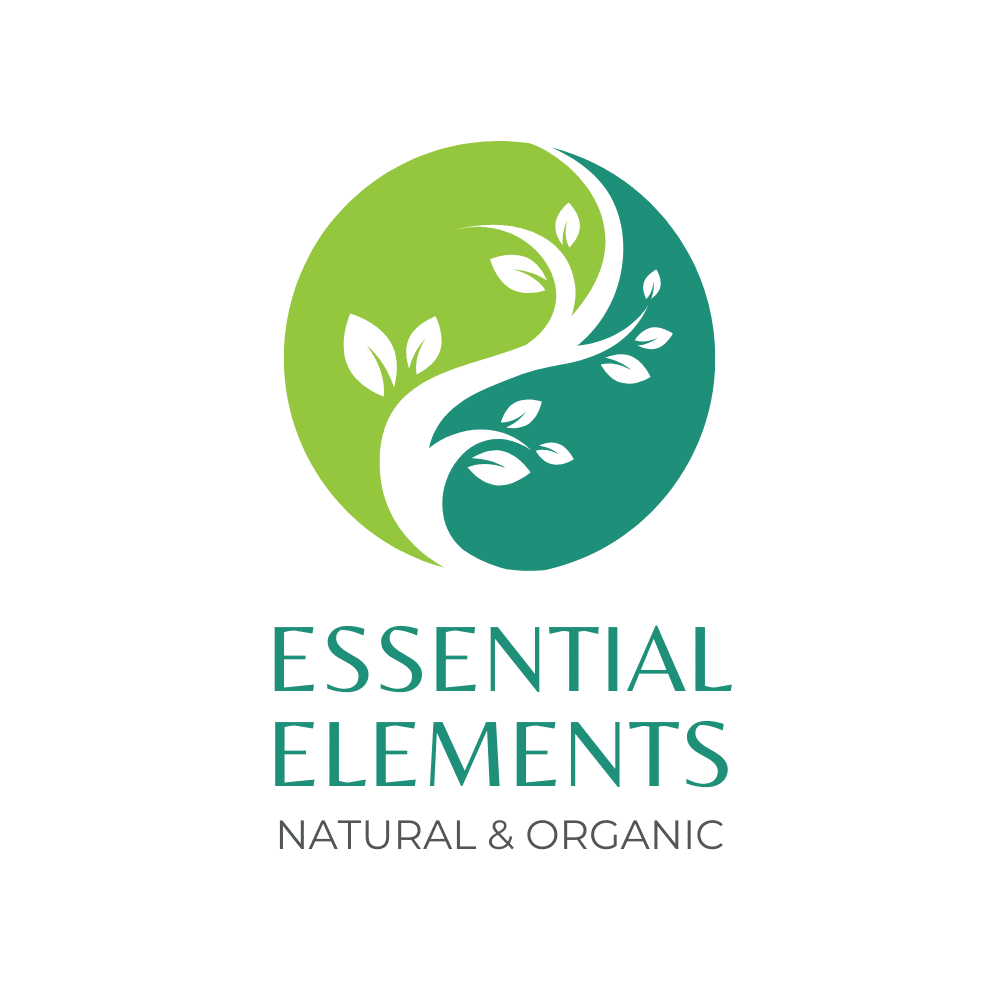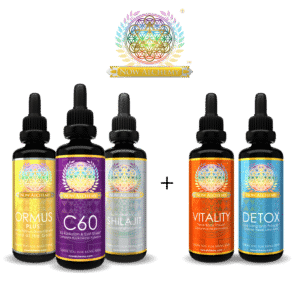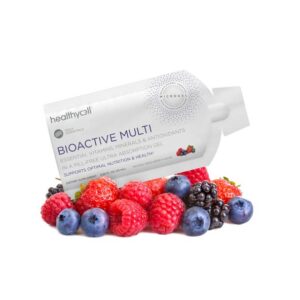Our List of The 12 Foods You Should Buy Organic
When making your grocery-store game plan, sorting out which fruits and vegetables on your list you should buy organic can be a confusing task. Growing practices can affect produce, allowing the food to absorb pesticides and therefore leaving trace amounts in your meals. Buying organic, however, can limit your exposure to extra pesticides and insecticides.
Each year the Environmental Working Group (EWG), a nonprofit organization, releases a Shopper’s Guide to Pesticides in Produce that lists fruits and vegetables with the highest and lowest pesticide residues. The produce is tested after it’s brought home from the grocery store and washed, just like you would do at home.
At Essential Elements, we encourage readers to eat more fruit and vegetables, whether they’re organic or not. If buying many organic foods isn’t affordable or feasible for you, then a good strategy may be to buy organic versions of specific produce that ranks among the most contaminated (though even these foods only have trace levels that are deemed safe for consumption). Conventional foods that are least contaminated can save you some money.
Referencing the EWG’s Dirty Dozen list can help you prioritize your shopping and give you peace of mind that you’re limiting your family’s pesticide exposure. Read below to see the 12 fruits and vegetables that the EWG recommends that you buy organic, beginning with the most contaminated food.
1. Strawberries
Strawberries remain atop the list as the most pesticide-contaminated food. According to the Environmental Working Group, more than 90 percent of the strawberries sampled tested positive for two or more pesticides. If you’re concerned about pesticides, this is one time the extra cost may be warranted for peace of mind.
2. Spinach
Spinach has more pesticide residue by weight (remember spinach leaves weigh very little) compared to any other produce tested. Relatively high concentrations of permethrin, a known neurotoxin, were found on many samples.
Spinach is an easy food to buy organic—many grocery stores carry organic spinach and baby spinach in the fresh produce section, as well as frozen organic spinach. Spinach is great in salad, and when it’s not as crisp it’s wonderful in smoothies and cooked down in pasta dishes and soups.
3. Kale, Collards & Mustard Greens
Over 92 percent of conventional kale samples tested positive for two or more pesticide residues. 2009 was the last year the USDA provided testing data on kale until 2019 year and some samples contained over 18 different pesticide residues. 60 percent of the kale samples tested had traces of DCPA (Dacthal) which is banned in the European Union and classified as a potential human carcinogen by the EPA. Collards and mustard greens are new to the list in 2021.
4. Nectarines
Almost all of the conventional nectarine samples, 94 percent, contained two or more pesticides. One sample even included residue from 15 different pesticides.
5. Apples
Detectable pesticide residues were found on 90 percent of conventionally grown apples. A large majority of the samples, 80 percent, contained diphenylamine, a pesticide that’s banned in Europe. Apples, like many of the other fruits and vegetables on this list, have a thin peel. The chemicals used in farming can easily pass through the peel to the flesh.
6. Grapes
The conventional grape samples EWG tested contained an average of five different pesticide residues. More than 96 percent of all samples contained some traceable pesticide residues.
7. Cherries
Conventional cherry samples had an average of five pesticides detected. A third of the cherries tested contained a potentially cancer-causing pesticide that is banned in Europe.
8. Peaches
Like their cousin the nectarine, almost all of the conventional peach samples, a staggering 99 percent, contained pesticide residues. On average, conventional peaches were found to have residues of four different pesticides.
9. Pears
Samples of conventionally grown pears were found to contain several pesticides in high concentrations, including fungicides and insecticides. Over half of the pear samples tested had residue from five or more pesticides.
10. Bell Peppers & Hot Peppers
This year the Environmental Working Group chose to added bell peppers and hot peppers to the list. During testing, nearly three-fourths of hot peppers were found to contain trace residues from highly toxic pesticides.
11. Celery
Pictured Recipe: Cream of Celery Soup
Pesticides were found to be in more than 95 percent of conventional celery samples. Thirteen different pesticides were detected on one celery sample.
12. Tomatoes
The average conventionally grown tomato tested positive for nearly four types of pesticides. One sample even contained 15 various pesticides and breakdown products. It’s easy to find organic canned tomatoes and tomato products, as well, which may be a more affordable way to enjoy organic tomatoes.
Should I only buy organic fruits and vegetables?
You don’t have to make over your grocery list overnight and begin buying only organic produce. We recognize that organic produce is often more expensive the conventional produce. Instead, you should pick and choose where to put your dollars. This list should be taken as a guide for making healthier choices. There’s no wrong way to use this list, whether that’s choosing to buy organic tomato sauce or seeking out organic apple growers near you.






